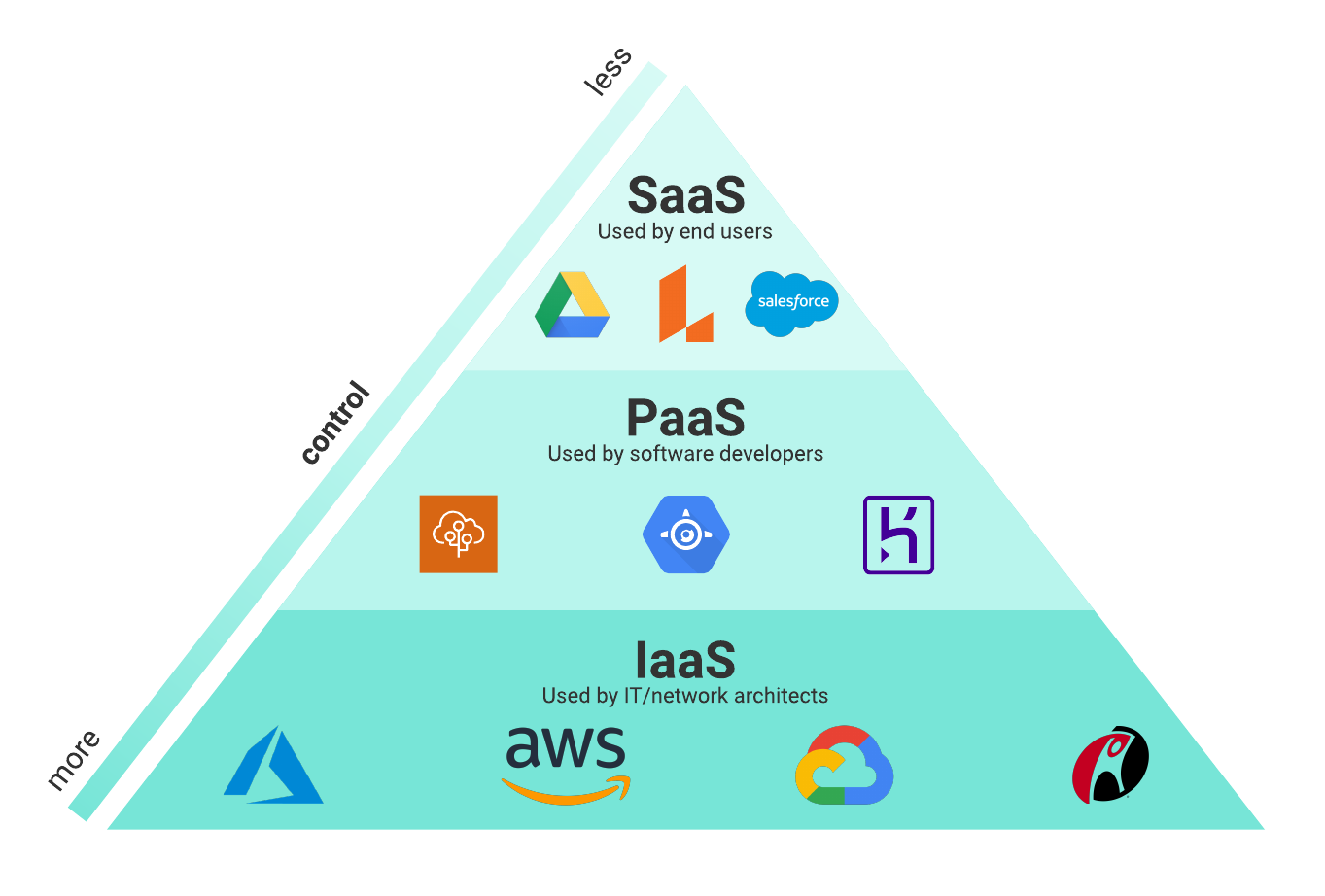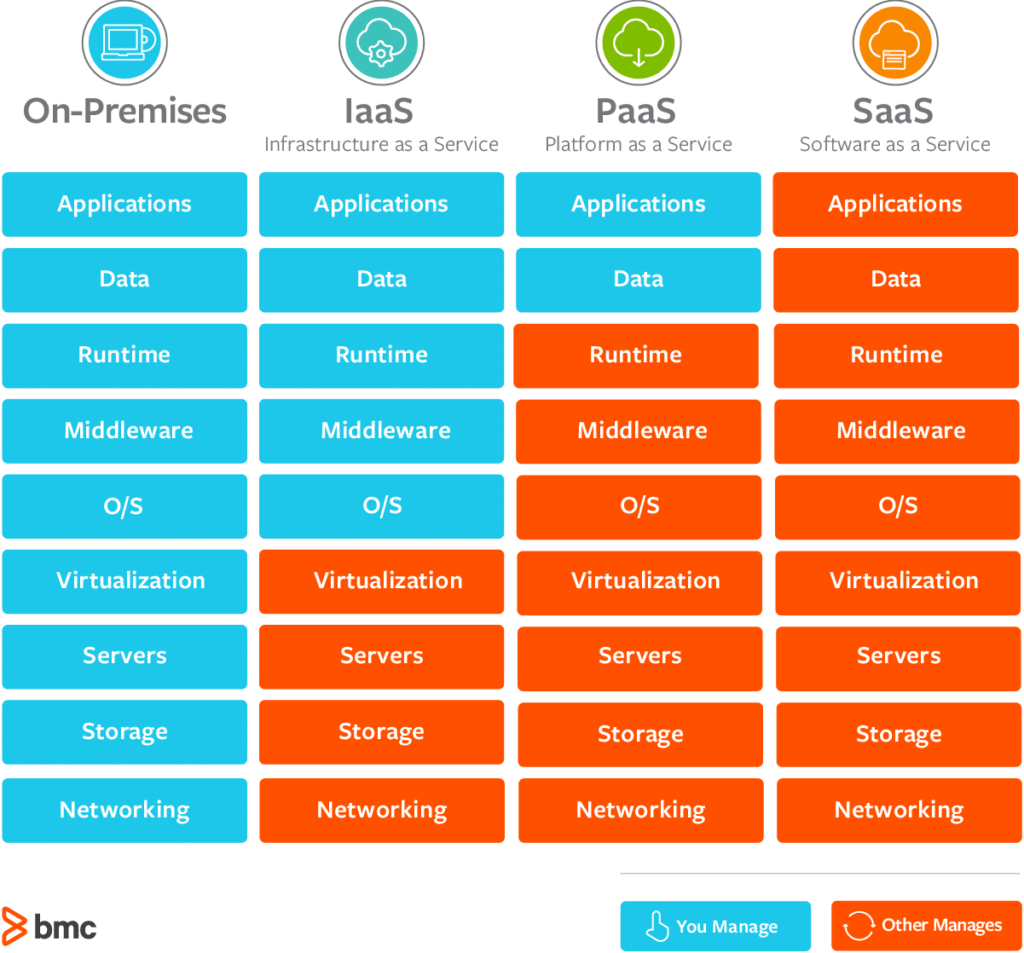Drive Technology: Using the Power of Cloud Provider
In the busy landscape of contemporary service, using the power of cloud solutions has ended up being an essential element for organizations aiming to drive development and maintain an affordable side. The capability to range sources dynamically, take on innovative innovations perfectly, and enhance growth procedures efficiently can considerably impact a company's capacity to adapt and introduce. As we check out the intricate relationship in between cloud services and technology, appealing insights on how cloud remedies change standard company techniques and lead the way for groundbreaking improvements will certainly be disclosed.
Advantages of Cloud Solutions
Cloud solutions provide numerous advantages to companies and people looking for versatile and reliable options for their digital requirements. Among the key advantages of using cloud solutions is the cost-effectiveness they give. By transferring to the cloud, organizations can get rid of the demand for expensive on-premises hardware and upkeep prices, instead going with a pay-as-you-go design that aligns with use. This scalability allows services to change sources based on demand, causing ideal cost administration.
In addition, cloud services enhance access and cooperation among teams. With information stored in the cloud, employees can safely access documents and applications from anywhere with an internet link, advertising remote job capacities and enhancing efficiency. Real-time collaboration features enable several users to deal with papers concurrently, promoting smooth teamwork no matter physical location.
One more benefit of cloud solutions is the enhanced information security and disaster recovery they provide. Cloud service providers execute innovative security measures to shield information from cyber threats, ensuring compliance with sector regulations. Furthermore, automated backups and recovery solutions decrease the threat of information loss due to unforeseen occasions, offering assurance to individuals.
Cloud Movement Strategies
Transitioning to cloud solutions includes precise preparation and tactical implementation to make sure a smooth and efficient movement process. There are several cloud movement techniques that organizations can think about when moving their operations to the cloud. One typical method is the 'Rehost' approach, where applications are lifted and changed to the cloud with marginal modifications. This approach fasts yet may not completely optimize cloud advantages. The 'Replatform' approach includes making some cloud optimizations during migration, such as upgrading the application architecture to make the most of cloud-native features. linkdaddy cloud services press release. For a much more thorough improvement, the 'Refactor' technique entails rearchitecting applications to be cloud-native, enhancing scalability and efficiency. Additionally, the 'Repurchase' approach entails changing existing software application with cloud-based alternatives, while the 'Retire' strategy involves deactivating repetitive applications. Choosing the right movement technique depends on elements like expense, timeline, and wanted results, calling for a cautious assessment of each option's obstacles and advantages.
Enhancing Collaboration in the Cloud
Enhancing group cooperation with cloud-based devices can significantly increase productivity and simplify communication within companies. By leveraging cloud services, groups can function with each other perfectly no matter of their physical places, making it Get the facts possible for real-time partnership on tasks.

Safety And Security Considerations for Cloud Fostering
Exactly how can organizations guarantee the durable safety and security of their information when taking on cloud services? Security factors to consider are paramount in the adoption of cloud solutions. To protect data, companies have to initially carry out an extensive risk analysis to determine possible susceptabilities and hazards. Carrying out strong file encryption approaches for information both en route and at remainder is crucial. Accessibility control mechanisms must be implemented to limit unapproved entry, and multi-factor authentication can include an added layer of protection. Routine security audits and surveillance of the cloud environment aid in discovering and mitigating any kind of safety breaches promptly.
Cloud-Native Technology Practices
In the realm of cloud computer, welcoming cloud-native advancement techniques is necessary for companies striving to enhance their electronic infrastructure and improve functional efficiency. Cloud-native technology practices involve developing applications especially for cloud atmospheres, leveraging the scalability, adaptability, and agility that cloud solutions provide. By creating applications with cloud-native concepts in mind, such as microservices architecture, containerization, and orchestration, companies can streamline their development procedures, boost resource utilization, and respond much more efficiently to altering market demands.
Furthermore, cloud-native development techniques promote continual integration and constant distribution (CI/CD) pipelines, allowing automated screening, implementation, and surveillance of applications. This repetitive strategy fosters faster innovation cycles and improves total software application quality. In addition, check my site using serverless computing and took care of solutions enables organizations to concentrate on creating core company performances while offloading infrastructure administration jobs to shadow company.
Basically, accepting cloud-native development methods empowers organizations to drive technology, increase time-to-market, and remain competitive in today's rapidly evolving electronic landscape.
Final Thought

As we check out the detailed relationship in between cloud services and advancement, interesting understandings on exactly how cloud remedies reinvent standard service methods and pave the method for groundbreaking improvements will certainly be disclosed. - cloud services press release
There are a number of cloud migration strategies that organizations can take into consideration when relocating their operations to the cloud. Cloud-native technology techniques involve creating applications specifically for cloud environments, leveraging the scalability, flexibility, and dexterity that cloud services use. In addition, the use of serverless computing and handled services enables organizations to focus on establishing core service capabilities while unloading infrastructure monitoring tasks to shadow solution companies.
It is vital for firms to take into consideration cloud migration approaches, enhance collaboration in the cloud, and prioritize safety actions to make sure successful adoption of cloud solutions and drive technology within their organization.